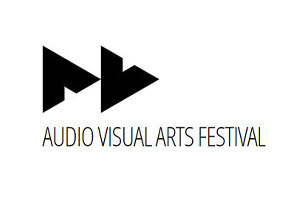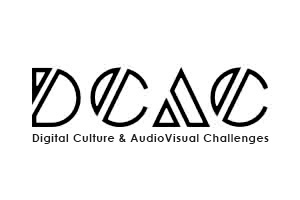Description:
The last two decades have made apparent an interdisciplinary and intermedia aspect across arts and humanities based on an a wider ‘spatial’ and ‘mobile’ turn. Throughout 19th, 20th and early 21st century, an array of intellectual voices and artists (i.e. flaneur, psychogeography, performance art, locative media) considered walking as an aesthetic practice, a cultural act, an inventive/performative method with sensory, emotional, conceptual, poetic, political and transgressive implications.
The current activity aims to explore art practice as a spatial experience. The activity constitutes part of a series of ongoing walking artworks by Bill Psarras. Having as starting platforms his latest art practice as for example (Messenger, 2016, Light Walks, 2016 and We Are All Cities, 2018), the activity will create a participatory spatial situation out in the city, an aesthetic walking action with poetic and political implications. The aesthetic activity will explore an emerging “walking with an object” and “into site” inventive method which will focus on performative entanglements of objects, memory, senses and place towards the construction of an ephemeral participatory ritual. The aesthetic collaboration activity will also focus on the ways such collaborative walking performances can be documented through video, sound, GPS data and the ways such ‘experience’ can be further mapped in physical and digital ways.
Keywords:
site-specific arts, walking as art, psychogeography, city, performance art, object semiotics
Objectives (hour):
1) Creation of aesthetic/participatory walking performance based on ‘walking with and into site’ method [PRACTICE]
2) Creative conceptualizations of walking, place, object and sound [PRACTICE]
Collaborative requirements [IMPORTANT!]
1) Comfortable shoes and clothes for walking
2) Smartphone with sound recording function (i.e. app) with hands-free
Technical requirements [IMPORTANT!]
• Comfortable shoes and clothes for walking
• Smartphone with sound recording function (i.e. app) with hands-free
Evaluation feedback:
Group / Individual discussion on experience and sound recordings
Recommended reading list:
• Careri, F. (2002). Walkscapes: Walking as an Aesthetic Practice. Gustavo Gili. [ESSENTIAL]
• Debord, G. (1958). ‘Theory of the Dérive’. Available at: http://tinyurl.com/49ywp [ESSENTIAL]
• Calvino, I. (1974). Invisible Cities. London: Vintage.
• De Certeau, M. (1984). The Practice of Everyday Life. University of California.
• Dear, M., et. al (2011). Geohumanities: Art, History, Text at the Edge of Place. Routledge.
• Gros, F. (2014). A Philosophy of Walking. Verso.
• Ingold, T. (2007). Lines: A Brief History. Routledge.
• Hemment, D. (2006). ‘Locative arts’ LEONARDO, 39 (4), pp. 348-355. [ESSENTIAL]
• O’Rourke, K. (2013). Walking and Mapping: Artists as Cartographers. The MIT Press. [ESSENTIAL]
• Kaye, N. (2000) Site-Specific Art: Performance, Place and Documentation. Routledge.
• Myers, M. (2010). ‘Walk with me, talk with me: The art of conversive wayfinding’, Visual Studies, 25(1), pp. 59-68.
• Psarras, B. (2015). Emotive Terrains: Exploring the emotional geographies of city through walking as art, senses and embodied technologies. Ph.D Thesis, Goldsmiths University of London [Available at: http://research.gold.ac.uk/11460/ ]
• Salter, C. (2010). Entangled: Technology and the Transformation of Performance. The MIT Press.
• Solnit, R. (2001). Wanderlust: A History of Walking. Penguin Books. [ESSENTIAL]
Back to activities





